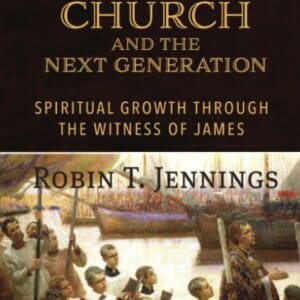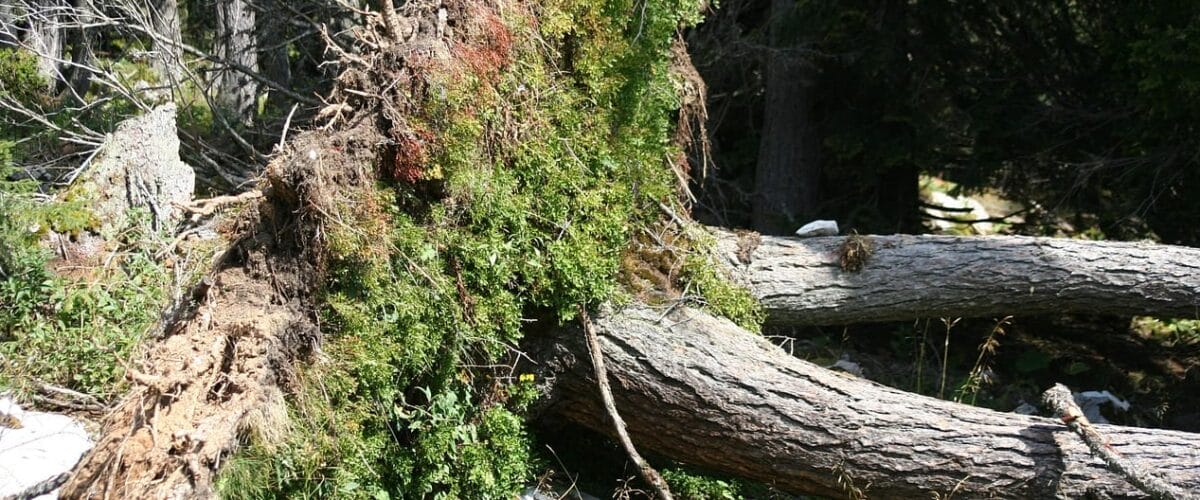The story of St. Brigid begins early one morning when a young woman walks down the hill to the pasture where she will milk the cows. After she had filled two large buckets, she began making her way back home. Trudging up the hill, careful not to spill the milk, she began having pains within her stomach. She was a strong woman and tough in braving the wind and cold of Dundalk, an area on the coast of the Irish Sea. But adding to her grit and determination as she made her way home was the fact, she was pregnant. She was aware her baby was making “quickening” movements and feared the birth might be coming soon as the baby pressed hard on both her body and soul.
There is more to this story readers should know. The father of the child was not her husband, adding another dimension to her tribulation. In fact, she was a slave girl. Her owner and the father of the baby was Dubthach, whose wife was obviously furious with him. She wanted the slave girl and her pregnancy out of sight. As a result, the pregnant girl, Broicsech, had been sold to a Druid chieftain, who took her to his home. It was there she was trudging up the hill—and the legend of Brigid was about to be born.
As the mother, Broicsech paused on the threshold with the door open, she placed one foot inside the warmth and comfort of the house while the other foot momentarily remained outside where the frigid air blew as a torment of the past stung her very being. Standing on the threshold, she felt the pain of yesterday as she carried not only the weight of the milk but the brutal treatment she experienced as a slave.
She also felt the promise of tomorrow, the gift of a new day, and the blessing of new life. Yet, straddling the threshold, she sensed the unknown and the uncertainty. For a moment, fear prevented her from budging—one way, or the other. Here, in this moment of tension, this in-between time of holding on and letting go, we hear the primal cry of a mother giving birth. Down through the ages, the wail of a woman in distress from delivery has been heard by many as the silence is broken. And of course, the baby girl had a cry of her own and a set of lungs gasping for air in transition from the security of her mother’s womb to a world led by her soul.
The maidservant standing nearby helped sever the umbilical cord and then took the two buckets filled with fresh cow’s milk and used them to wash away the afterbirth and blood on the baby. As the mother and baby daughter were helped up by the maidservant, they stepped forward—not backward—and as a result, crossed together the threshold of new life.**
**from my forthcoming book: Expressions of the Soul: Celtic Christianity and life with God
This is an updated edition of a post originally published on Robin Jennings
Featured Image by Andre Taissin on Unsplash









[…] Open the full article on the kingdomwinds.com site […]